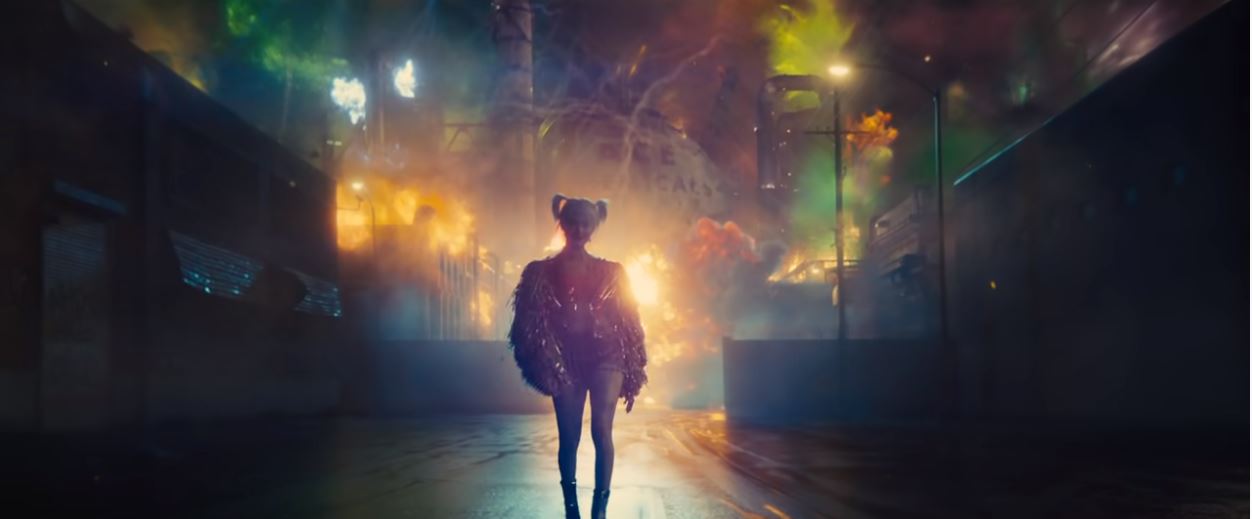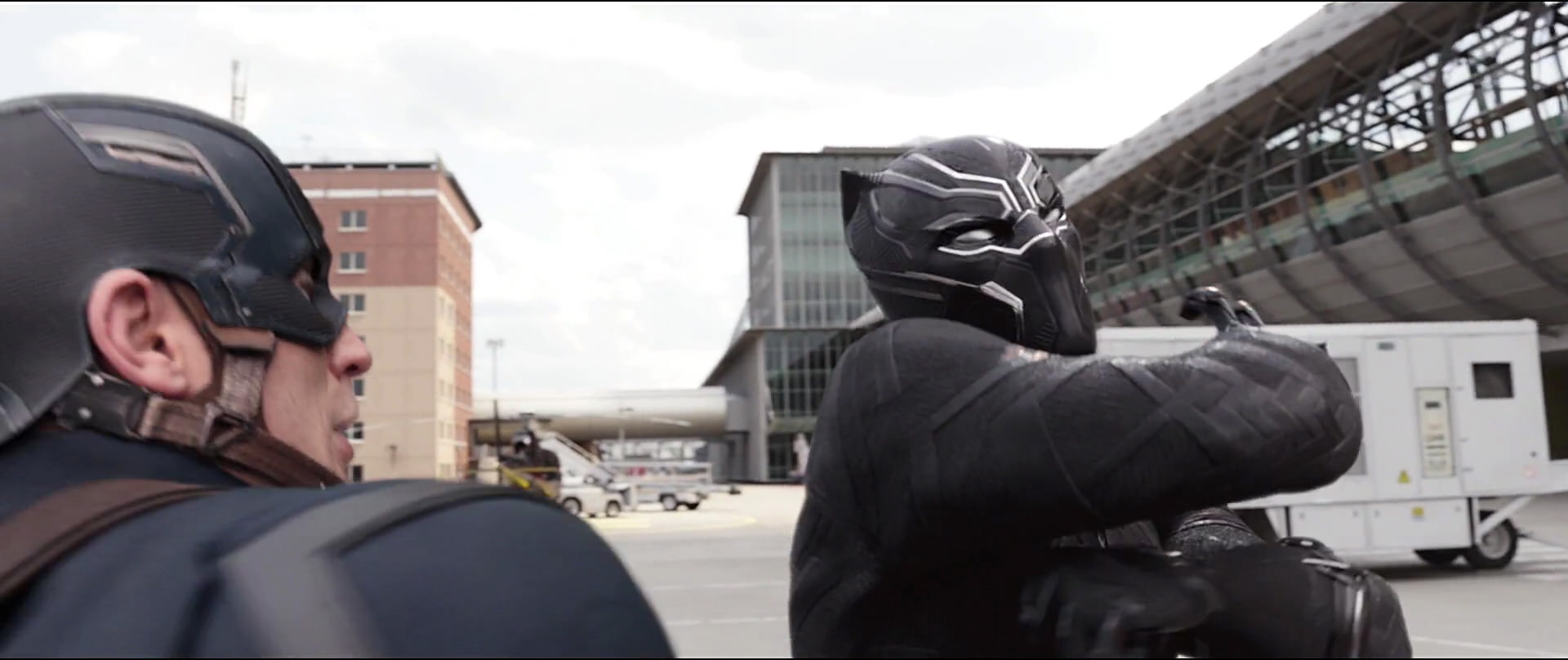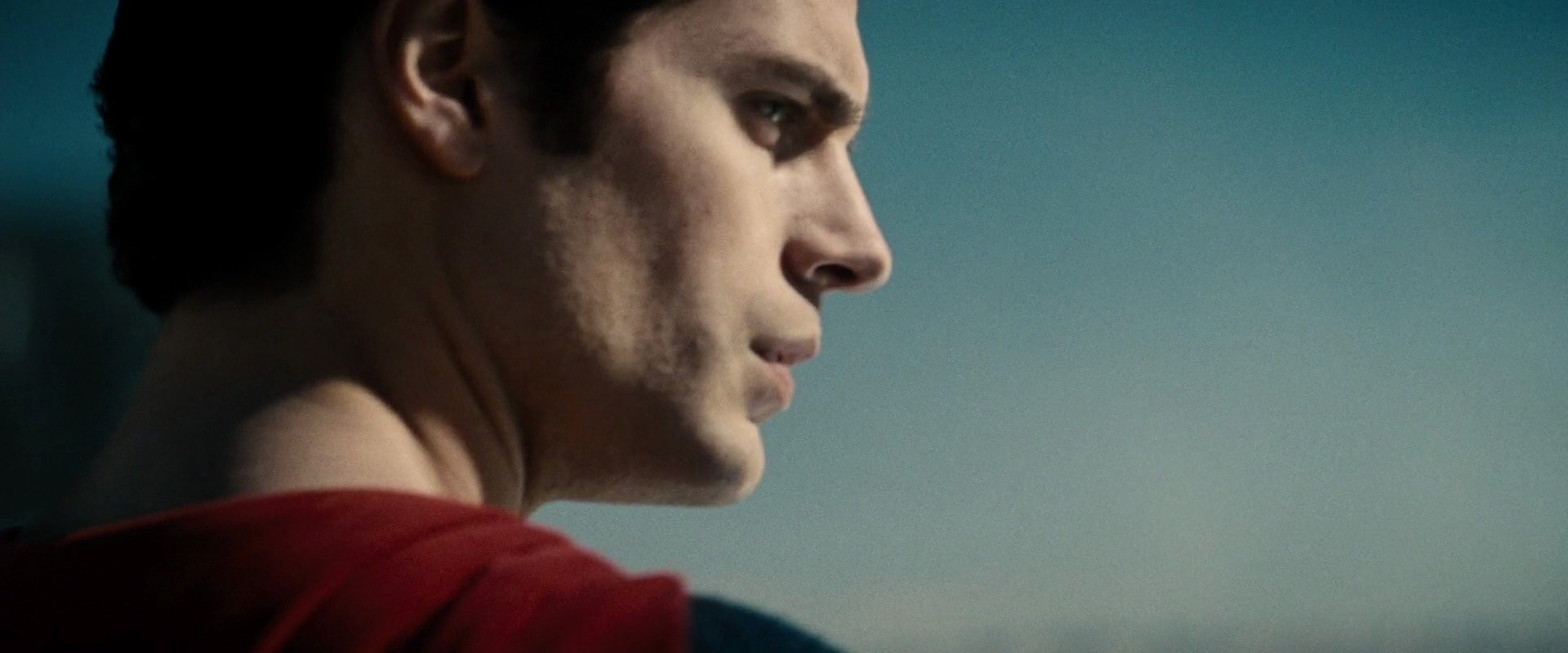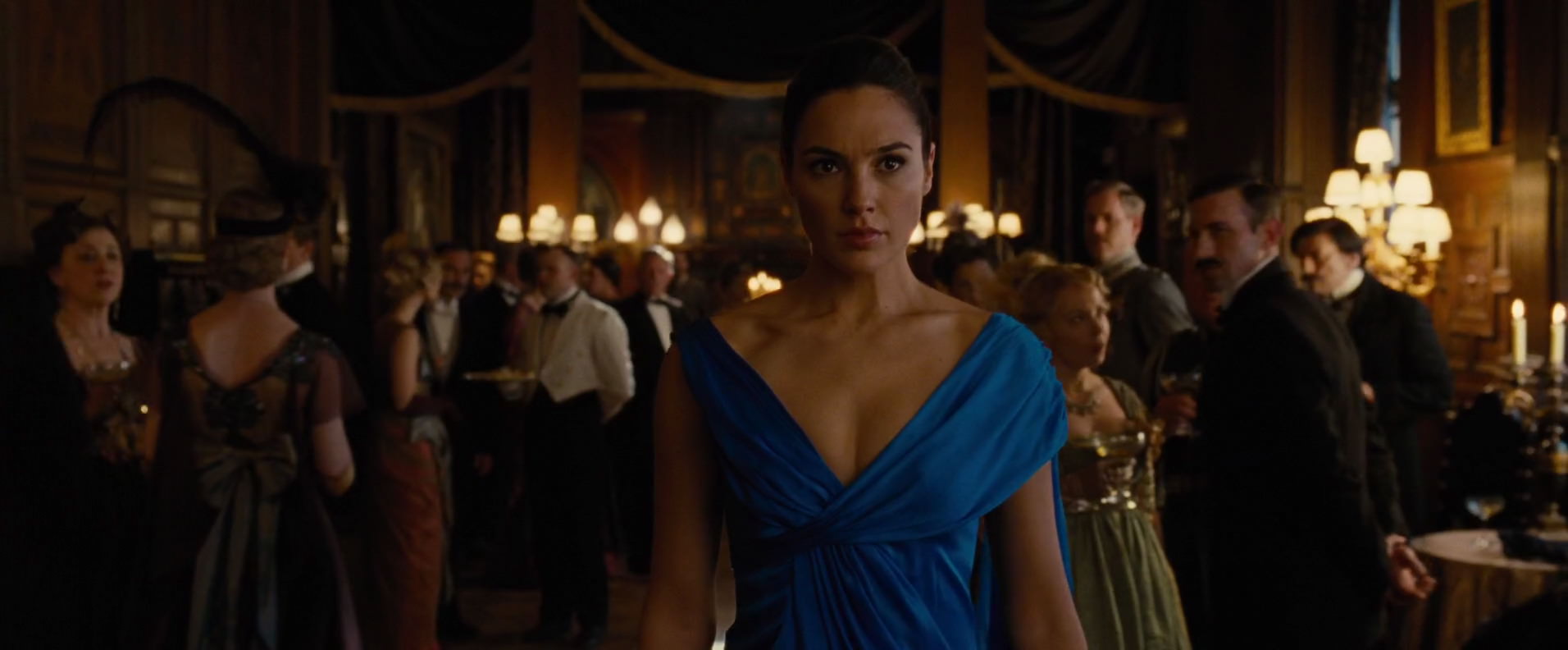There is a scene around halfway through Birds of Prey (And the Fantabulous Emancipation of One Harley Quinn) where One Harley Quinn (Margot Robbie), bon vivant, high-spirited thief, and ex-girlfriend of the Joker, enters a police station and fights her way through multiple officers, on her way to abduct a young pickpocket. Rather than leaving all-out carnage in her wake, Harley employs a serious of non-lethal methods: a beanbag gun, confetti bombs, and brightly colored smoke. (She also beats the shit out of a few of them, but no one appears to die.)
Normally, this would seem like another superhero movie hedging its bets, indulging violence while avoiding any real consequences—and to some degree, it probably is that. But Birds of Prey has an emphatic R rating (albeit seemingly more for the convenience of saying “fuck” as often as it wants than for its occasional gore), so these nontraditional weapons serve a purpose beyond appeasing the MPAA. The color-coordinated smokebombs and glitter explosions aren’t calling cards Harley Quinn leaves behind so much as the character art-directing her own music video as she goes along.
These visual touches won’t dissuade anyone who brands Birds of Prey as a Hot Topic fashion shoot come to life (helped along by the fact that, yes, there is a staggering array of Birds merch for sale at Hot Topic). That was a charge thrown around at Suicide Squad, the far less cohesive DC Comics adaptation that introduced Robbie’s version of Harley Quinn back in 2016. Plenty has changed with the DC movies in the past three and a half years, as the superhero film series has lurched between Poor Man’s Marvel and staking out its own identity. There have been actual stories to help with the latter; the romantic empowerment of Wonder Woman certainly springs to mind, as does the fact that Wonder Woman’s Patty Jenkins and Birds of Prey’s Cathy Yan are both women who got solo directing credits on DC movies before Marvel could manage one. But from its stumbling beginnings and especially as it gains more confidence, DC’s best shot at distinguishing itself from its competing behemoth has been its visual aesthetics.
Allowing for some variation based on the employment of talented directors, not to mention stylish cinematographers like Rachel Morrison, Matthew Libatique, and John Toll, the Marvel cinematic house style is pretty well-defined, and has appeared especially codified over the last few years, with DP Trent Opaloch shooting multiple Captain America and Avengers movies (and Ben Davis picking up several other entries). Marvel has a reputation for making lighter, brighter pop confections than DC, but that tone doesn’t always translate to their actual visuals, which lately tend to involve dressing their characters in brightly colored costumes and letting digital photography muffle the contrast until the movies look vaguely overcast. (Look to the skies: how often do they appear genuinely blue, rather than whitish or cloudy?) This also has the effect of making any little lens flare or cosmic flash appear momentarily more visually interesting than it actually warrants.
The earliest post-Christopher Nolan DC movies, meanwhile, are defined extensively, almost oppressively, by the aesthetics of Zack Snyder, which also tend to be mischaracterized. (And lest this sound like a #ReleasetheSnyderCut defense: Snyder’s clumsy, portentous, ambitious, often stupid storytelling tends to be correctly characterized as all of those things.) Snyder’s movies are described as dark or murky, and while they certainly have some moments that are smothered by CG, he also shoots on film and saturates his colors in a way that can give his images more contrast and weight.
Contrast between heavy blacks and pops of color have comprised a kind of makeshift DC house style, through the good (think of Wonder Woman’s costume glinting through the grey of the World War I trenches, or her bright blue dress as she marches through a German gala) and the bad (the swirls of red and blue in an overhead shot following Harley’s devotional dive into a chemical bath in Suicide Squad).
In that sense, Birds of Prey generally matches this approximation of a DC style, with its confetti blasts, colorful costumes, and bright-red fantasy musical sequence enlivening a Gotham City that is not nearly as dark or foreboding as its predecessors. But Yan takes the movie’s visual scheme further by making it more explicitly a part of Harley’s character and psychology. She’s an ex-villain attempting to rediscover herself, despite having reshaped her identity around being the Joker’s partner. Her cartoonish mayhem is a deranged way of making a mark on the world, and while it’s easy enough to imagine a Harley Quinn fight scene with the fast-yet-grounded style of a later Captain America movie, or a more fantastical Avengers-style version (Suicide Squad dabbles in both, unproductively), Birds of Prey feels especially keyed into its lead’s personality during its action sequences.
In a superhero-movie landscape where the action bits feel increasingly perfunctory—none of the best moments of Avengers: Endgame had much to do with action choreography—this represents a bold shift in strategy. It’s not that Birds of Prey imbues Harley Quinn with a vast depth (nor do newer characters like Black Canary, Huntress, and Renee Montoya have the advantage of an instantly recognizable, Instagram-ready fighting style). Moreover, the movie has little on The Dark Knight, Black Panther, Wonder Woman, or Logan in terms of emotional resonance; the empowerment and self-discovery Harley experiences is more than a little too easy and thinly conceived for that. But, to bastardize Pauline Kael, superhero movies are so rarely great art that if we cannot appreciate great colors and fight sequences, we have very little reason to be interested in them. That’s why it’s so dispiriting to see the filmmaking in so many of them reduced to perfunctory competence, resulting in movies that look acceptable and images that mean very little.
With a little more care, a movie’s style can function as its substance. That’s never more obvious in Birds than when Yan cuts, too briefly, to a zonked-out Harley’s dream sequence where she warbles “Diamonds Are a Girl’s Best Friend” alongside Ewan McGregor as a fantastical version of his villain Black Mask (presumably included at least partially to solidify the Moulin Rouge! homage). Slipping in and out of full consciousness at a moment when her life is more directly in danger than it has been throughout the film, Harley envisions her predicament as a glamorous, color-saturated club performance (something notably not allocated for Black Canary, the movie’s actual club singer), again seeing a bad guy as a dashing foil, before snapping back to reality and talking her way out of Black Mask’s clutches, at least temporarily. Shortly thereafter, Harley mounts her glittery assault on the police station, making her best effort to turn hallucinatory fantasy into kinda-sorta reality. The climactic action sequences, too, look like they’re springing from the murky depths of Harley’s troubled but often sweetly loopy psyche. The movie’s story may be scattered and scrambled and cheekily overnarrated, existing in some kind of netherworld between playful storytelling and frantic re-editing. Nevertheless, its cracked, celebratory aesthetic comes through clear when it counts.
Some of this is practicality: Even in its most pedestrian scenes, Birds of Prey just plain looks clearer than its bigger-budget cousins in the DCEU, because it doesn’t have as many complicated large-scale action sequences awash in obligatory CG murk. With most of the effects sequences consisting of earthbound chases or fights, there’s no need to take massive green-screen needs into account. But even Aquaman, which is at times so effects-heavy as to resemble an animated film, is a vastly more colorful than most of its comics-movie competition, in and out of the DC world. That may be the most extreme example so far of the color-pop-through-murk strategy; its many underwater scenes are dimly lit by nature, then instantly revitalized by the brilliant, glowing colors of submerged cities, wild creatures, and inhumanly red Mera hair.
DC movies haven’t reached a truly ideal Marvel counterpoint, which would involve diverging visual styles more boldy and intentionally, not just separating Shazam! from Aquaman by making the former look as uninteresting as a Marvel production. (Beware the superhero movie praised for its “heart”! It may be distracting you from how boring it looks.) It seems the most efficient way to accomplish genuinely diverse stylizations within a superhero universe is still more or less by accident, like when the X-Men series put out the brightly colored, neon-hued, and, yes, sometimes CG-choked X-Men: Apocalypse and the sparer, more grounded Logan within less than a year. At its best, Birds of Prey has great funhouse panache, but whether limited by studio or budget or imagination, it’s not a completely immersive visual experience. Its version of Gotham City, for example, hybridizes the real-street amalgamation of the Christopher Nolan Batman movies with the wild fakery of the Tim Burton and Joel Schumacher movies—and wide shots of an abandoned amusement park even bring to mind the CG-heavy approaches of the earlier DCEU movies. Though it doesn’t push in too close or find incoherent angles, the camerawork is a little too busy to crystallize really memorable individual shots (and they’d mostly be of Harley whaling on dudes with a baseball bat anyway). What Yan does seem to ultimately understand about comics movies is how flat visuals are just as anathema to the precious source material as taking textual liberties—more so, really, if you care at all about movies.
- The SportsAlcohol.com Podcast: Oscar Special 2024 - March 8, 2024
- The SportsAlcohol.com Podcast: The Best Movies of 2023 - February 28, 2024
- The SportsAlcohol.com Podcast: Best Music of 2023 - February 9, 2024









